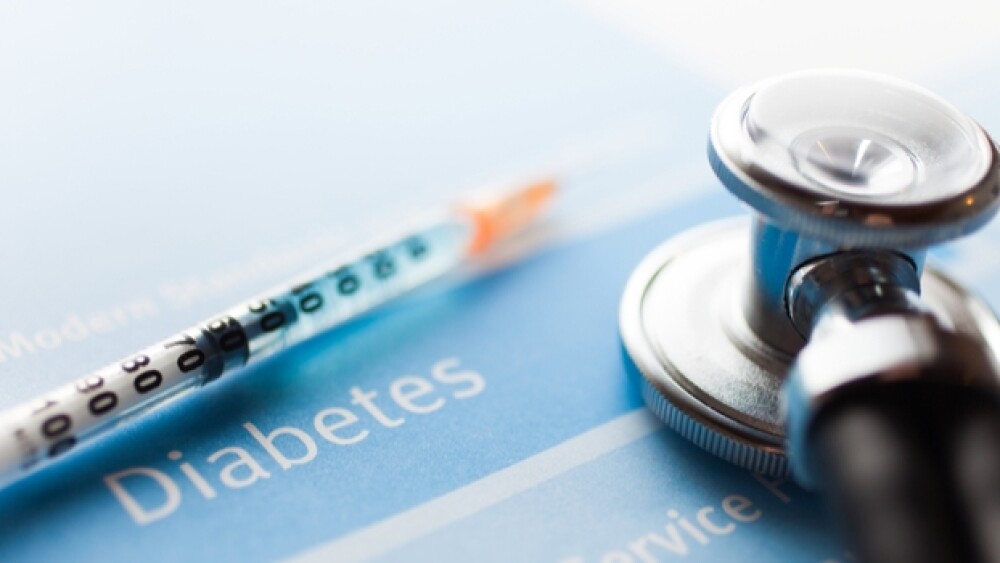Medical device maker Medtronic and Novo Nordisk have entered a collaboration pact to develop ways of integrating insulin dosing management data from future Novo Nordisk smart insulin pens into Continuous Glucose Monitoring devices from Medtronic.
Medical device maker Medtronic and Novo Nordisk have entered a collaboration pact to develop ways of integrating insulin dosing management data from future Novo Nordisk smart insulin pens into Continuous Glucose Monitoring (CGM) devices from Medtronic.
Novo Nordisk plans to launch the NovoPen 6 and NovoPen Echo, durable smart insulin pens, along with disposable, pre-filled injection solutions, in 2020. These smart insulin pens will be compatible with both Android and iOS devices. The collaboration, which is non-exclusive, will allow them to be compatible with Medtronic CGM, such as the Guardian Connect system.
In addition to being able to better track and manage blood glucose levels, healthcare professionals and caregivers, with permission from the patient, can automatically track glucose monitoring and insulin dosing data in a single location. This should be one less thing for diabetic patients to manage, while helping healthcare professionals better work with the patients on managing blood sugar levels and increase Time in Range (TIR), which is the amount of time diabetics spend in the optimal glycemic range of 70 to 180 mg/dL.
“Millions of people living with diabetes work to control their sugar levels and track their insulin injections every day,” said Camilla Sylvest, executive vice president, Commercial Strategy & Corporate Affairs for Novo Nordisk. “To help ease the hassle of diabetes management, we are excited to be partnering with Medtronic, the largest medical device company in the world. We now collaborate with all major CGM device producers, which means we can bring the benefits of smart insulin pens to even more people.”
Diabetes patients devote on average of one hour a day on managing their disease, which comes to two years over their lifetimes. However, not having good control over blood sugar levels can cause both immediate and long-term health problems, such as damage to blood vessels, which increases the risk of coronary heart disease and stroke, as well as loss of vision, kidney disease, and nerve damage.
The Guardian Connect system has predictive alerts that provides alerts up to 60 minutes in advance.
“We see incredible power in combining a variety of data points to drive insights that help people living with diabetes make more informed decisions around managing their glucose levels,” said Alejandro Galindo, president of the Advanced Insulin Management division within the Diabetes Group at Medtronic. “Our new agreement with Novo Nordisk, the world’s largest producer of insulin, will streamline the sharing of two of the most important pieces of information—glucose measurements and insulin dosed. With this, Medtronic can further enhance our market-leading analytics and insights to help ease the burden of diabetes.”
On September 6, Novo Nordisk announced it was launching more insulin affordability programs in the U.S. beginning in January 2020. Those include a $99 cash card program for insulin analogs, which will allow diabetics to buy up to three vials or two packs of FlexPen/FlexTouch pens for a flat cost of $99, and the provision of the NovoLog and NovoLog Mix Follow-On Brands, which are authorized generics. The generics will be made available from a new Novo Nordisk U.S. affiliate called Novo Nordisk Pharma Inc. (NNPI). These follow-on brands will have prices 50% discounted compared to the current branded list prices.
“People with diabetes need more affordable options and we are going to continue doing what we can now while also working with other healthcare stakeholders on longer-term system reform,” said Doug Langa, executive vice president, North America Operations and president of Novo Nordisk. “For instance, we support the recent IRS ruling that classifies diabetes medications as preventive care. We believe this has the potential to help a significant number of people with diabetes from an affordability perspective.”





